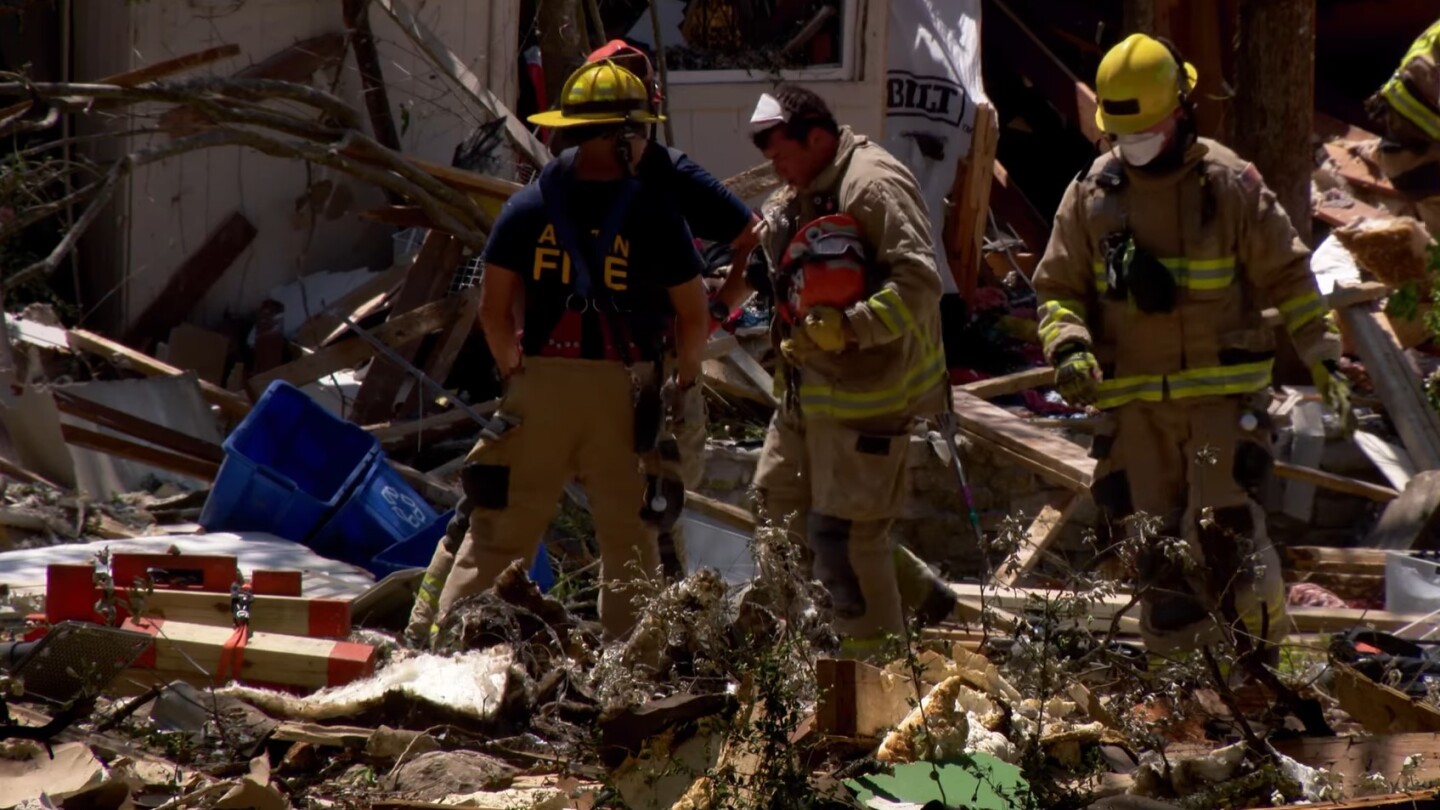Patient Assessment
Patient assessment is the process an EMT or paramedic follows to evaluate an injured or ill patient. The process includes a scene size-up, which is the identification and mitigation of risks, a primary assessment to find and fix life threats and a secondary assessment to perform a focused history and physical exam of the patient. Each step is an opportunity to collect information that will guide treatment and inform a transport decision. In the EMS1 Patient Assessment topic find the latest news about patient assessment and top resources to improve your patient assessment skills.
Show off the strength of your medical vocabulary with this 10-question quiz of medical terms every EMT should know
Learn how to differentiate supraventricular tachycardia from sinus tachycardia on ECGs by examining P wave visibility, heart rate, and rhythm regularity.
Memorization of acronyms does not necessarily translate to understanding; here’s a breakdown of what DCAP-BTLS means
An Austin-Travis County EMS spokesperson said two were rescued from under the debris of the house that exploded and a third from a partially collapsed house next door
Seven patients, including three children, were hospitalized after a van crashed into the Santee Alley open-air market
Mountwest Community & Technical College is enhancing its EMS training with interactive patient simulations
High-stress decisions and human limitations demand more than just training
Learn the key differences, signs and symptoms of compensated and decompensated shock to improve prehospital recognition and response
Chest pain, rapid heartbeat, shortness of breath: While panic attacks and anxiety attacks share common symptoms, they also have distinct differences
EMS clinicians should rely on their assessment and facts when assessing people with a suspected factitious disorder
A judge dismissed a lawsuit against Puyallup police and Central Pierce Fire & Rescue filed by a woman who was misdiagnosed with DUI but was later found to have suffered a massive stroke
A complete narrative in the patient care report that is reviewed and signed by the patient is your best protection against liability for the non-transport decision
Volcano Rescue Team EMTs and paramedics reached the patient via a side trail while technical crews set up rope systems and an artificial high directional to reach the victim
OPQRST is an important part of patient assessment and the start of a conversation with the patient about their pain complaint
A tree worker suspended 47 feet in the air suffered a broken arm and blood loss after a falling piece of the tree kicked back during chainsaw work
FDNY fire and EMS personnel had to breach walls to access and rescue the trapped worker
A pioneering EMS program is helping patients with opioid use disorder find a path to recovery
Modesto Fire Department dispatched multiple units following a rescue call, which was upgraded to a technical rescue
OMI President Felix Marquez shares how VR training is helping rural Florida EMS agencies maintain critical pediatric emergency skills
Video shows several people on and underneath the porch roof before the collapse
A man suffered burns to his face, neck, chest, and arms before officers extinguished the flames
Ascension All Saints Hospital recognized Racine Fire Department paramedics and medical staff for their swift response in treating a stroke patient
Photos and videos posted by news outlets showed passengers standing on a plane’s wing as smoke surrounded the aircraft
A worker was hospitalized after a container of muriatic acid was improperly discarded with household trash, releasing hazardous fumes when compacted
Think you or someone you know might have measles? Here’s what you need to know
Realistic scenarios that reflect the patients EMTs and paramedics regularly encounter are critical to preparing students for the challenges of the EMS profession
A single-engine plane crashed in a retirement community parking lot, bursting into flames, but all five aboard survived
First responders in Orangeburg County lowered a rescuer using a tripod and rope system to lift the victim, decontaminated her and transferred her to EMS for evaluation
Monitoring AVPU and other vital signs will help determine if the patient is improving, worsening or responding to treatment
MOST POPULAR
- ‘This is evil': Authorities find multiple improvised explosives inside truck in New Orleans attack
- La. health department, Acadian Health begins pilot program to keep ‘super-utilizers’ out of EDs
- 30 feet to catastrophe: The price of a higher wall — injuries at the U.S.-Mexico border
- Why it’s not just about lights and sirens
- 8 dead, at least 40 injured in Fla. bus crash































